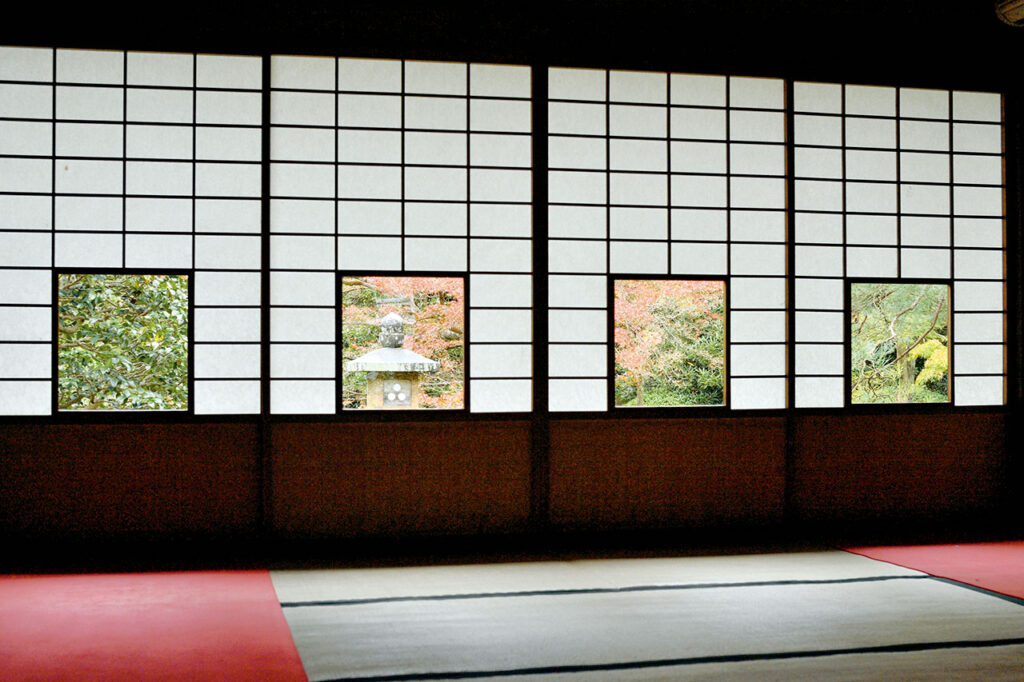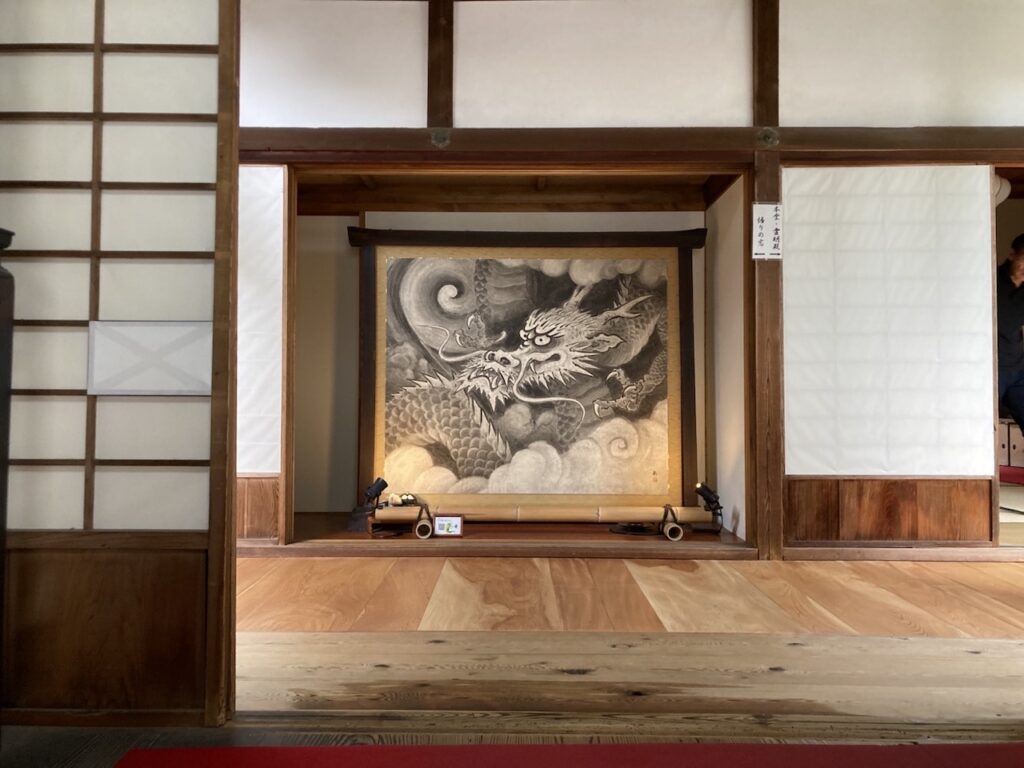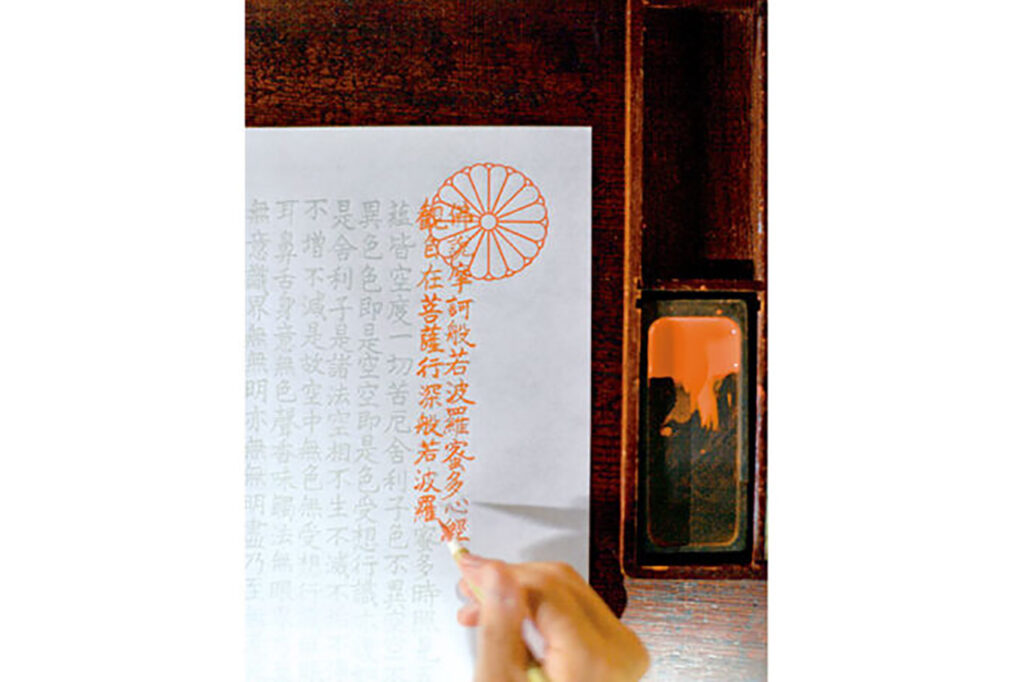
What to see at [Sennyu-ji Temple] where you can pray for peace with successive emperors...


It was built in 1372 by the Retired Emperor Gokogon as a separate temple of Sennyu-ji Temple, the family temple of the imperial family. After that, it has a history of more than 600 years as a sutra copying temple since Emperor Goenyu made a request, and the main hall "Ryugeden" designated as an important cultural property is also a sutra copying dojo.
During the autumn foliage season, visitors can enjoy the red-dyed appearance of the painting-like "Shikishi no Mado", as well as the "Enlightenment Mado" and "Moi no Mado" rooms. In addition to the garden and hall, don't miss the fierce-looking running Daikokuten in the kitchen.


An imposing dragon greets you at the entrance. In fact, this dragon is said to change the length of its face if you compare its face from left to right while looking at its nose area. Let's walk from right to left and left to right to check it out so as not to touch the opposite side of the scale.
Ryukaden is a collection of the best of Momoyama architecture, including the persimmon (kokera) thatched roof. Emperor Gomizunoo gifted over 100 sutra copying tools, and the history of the revival is still passed down to this day.




The main deity, Yakushi Nyorai, is located in the inner sanctuary of the main hall. He removes various illnesses and brings peace of mind and body.


On either side of the Yakushi are Nikko Bosatsu (Sunlight Bodhisattva) on the day shift and Gakko Bosatsu (Moonlight Bodhisattva) on the night shift. The Twelve Divine Generals on the halo also attract attention.

General Mekira with a dragon on his head. Look carefully to find the dragon.

A stone lantern donated by Yoshinori Tokugawa, erected on the sand crest of the chrysanthemum crest in front of Reimyo-den. It is said that it is slightly tilted to bow to Reimeiden, where the tablets of successive emperors are enshrined.


In the large flower room where there is a stone named "Meditation Stone", "If you can put your feet on the stone and meditate." Look for the foundation stone of the Great Buddha Hall of Hokoji Temple in the garden you can see from there.






Daikokuten, a very unusual running figure, was made in the Kamakura period (1185-1333). The chest is decorated with a peony design in kirikinzaku (faceted goldsmith's work). It is said that he runs to bring good luck, so be sure to pay a visit. There is also a 100 yen fortune with a small Daikoku charm, so check it out.
Shikishi no Mado is a place where you can appreciate the lotus flowers. When you sit in the designated area, the four Yukimi shoji screens cut out scenes of camellias, lanterns, maple trees, and pine trees, just like a series of paintings.


Over 600 interviews per year! An order site carefully selected by the editors who knows Kyoto and Shiga.
nowOfficial LINE friend registration500 yen OFF coupon is being issued!
Distributed every Friday morning at 8:00 am! From new restaurant information to event information that we want to share with you, We deliver articles about Kyoto that are useful to know. About 20,000 people have registered.Click here to add a friend!
 News
News Feature article
Feature article Featured event
Featured event